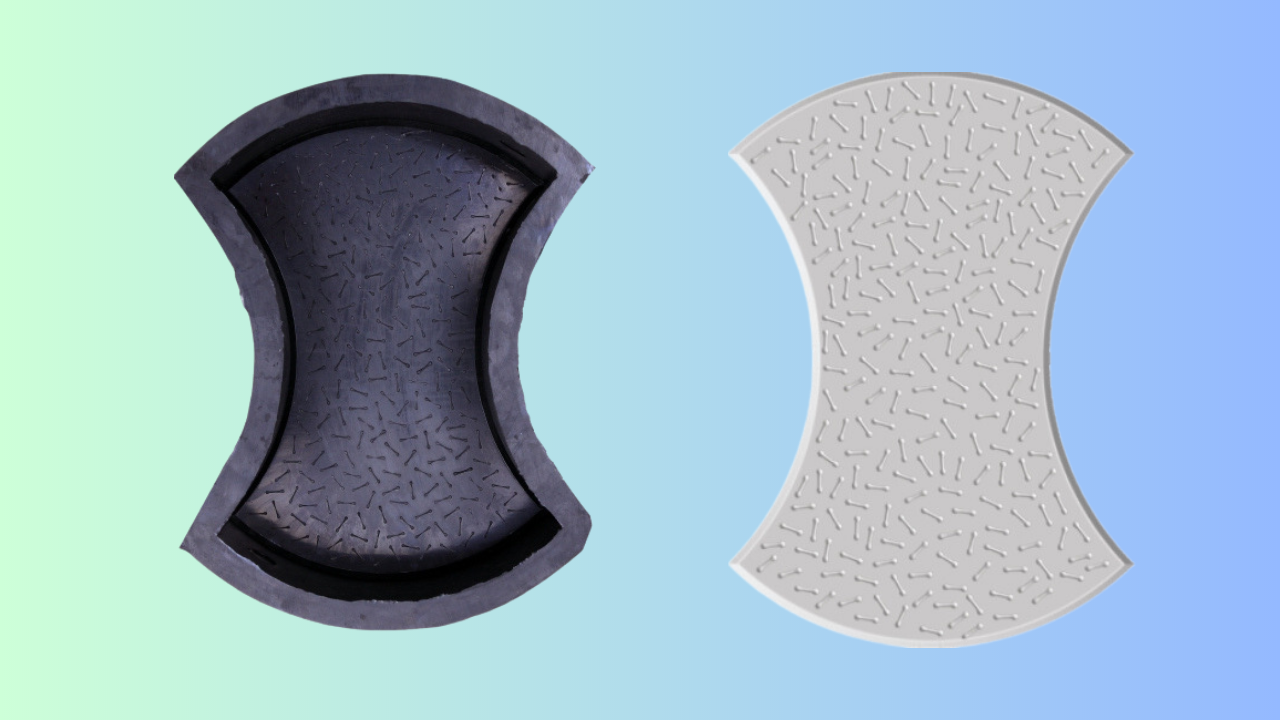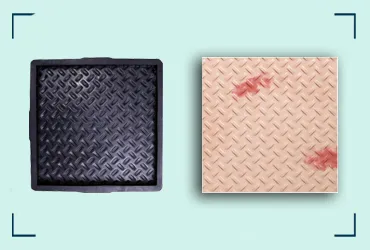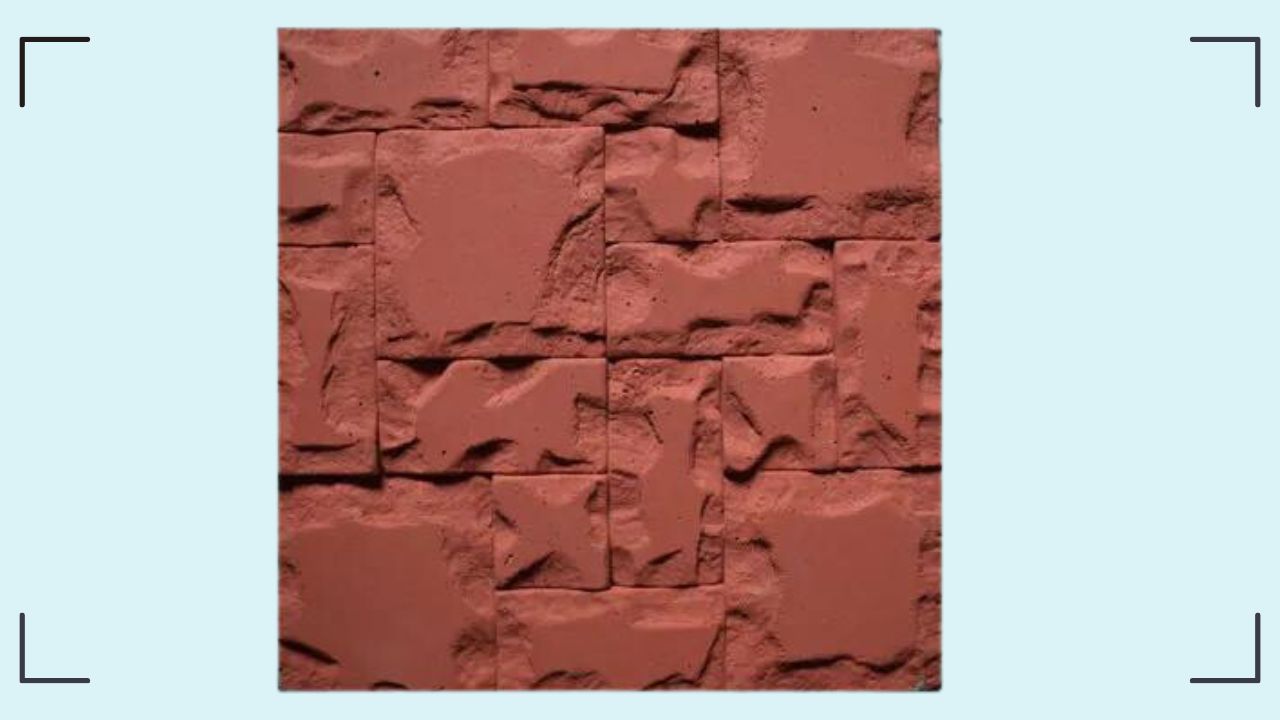STAY AHEAD WITH THE LATEST RUBBER MOULD DESIGN OF 2023
By JR Rubber Industries | Date : 26-July-2023


The design of a rubber mould is an essential part that is essential to the production process, which is the process of shaping the rubber material into the desired shapes. The mould layout utilized during the process is vital since it directly affects the rubber components’ final shape, quality and function.
A properly-designed rubber mould can guarantee accurate dimensions, a smooth flow of material and the best production results. In this article, we’ll look into the subject of mould design using rubber, its importance, the most important considerations and the various methods used to develop mould that can meet the varied requirements of various industries.
SEAMLESS DESIGN WITH RUBBER MOULDING
Rubber moulding is a flexible production procedure that uses specialized moulding to shape rubber products into numerous kinds. Rubber moulding supplies numerous advantages, including style versatility, product flexibility, cost-effectiveness, and improved product performance.
Suppliers implement strenuous quality control actions, including material screening, process tracking, and evaluation, to keep high quality. The future of rubber moulding is noted by trends such as the 3D printing of rubber parts, sustainable rubber products, and the assimilation of clever innovations. Overall, rubber moulding plays a considerable function in the manufacturing sector by allowing the production of intricate rubber products with precision and also consistency.


RUBBER MOULD DESIGN
Rubber mould style is an essential aspect of the rubber moulding process as it directly affects the final form, measurements, and top quality of the shaped product. The layout of the mould should take into consideration aspects such as part intricacy, damages, draft angles, as well as material contraction. A well-designed rubber mould paver guarantees effective and constant manufacturing by permitting easy material flow, correct airing vent, and optimal curing. It should also consider the demoulding process to eliminate the completed product easily without damaging its integrity.
Rubber moulding machines come in numerous sizes and arrangements, depending on the specific demands of the moulding procedure.






TYPES OF RUBBER MOULD DESIGN
Paver moulds :
Pavers are a versatile construction material to create beautiful and durable surfaces such as driveways, walkways and patios. They come in many shapes, dimensions, sizes, and colours that offer many designs. Because of their interlocking paver block properties, pavers offer strength and stability, which makes them an ideal choice to enhance outdoor areas.


Grass paver moulds :
Grass Pavers are innovative solutions that bring together the advantages of grass and solid asphalt. They are made of an open grid which lets grass grow on the pavers, creating a lush and natural look. They offer stability that allows pedestrians and vehicles to move around the area without harming the grass. They are typically employed for parking areas as well as driveways and paths providing both practicality along with aesthetics. They are eco-friendly and have the ability to help promote natural drainage grass pavers are a green option to enhance outdoor spaces.


Floor tile moulds :
Floor tile moulds are flexible and long-lasting material ideal to making floor tile for covering and enhancing various surfaces. They are available in various shapes, sizes and colours, allowing unlimited designs.


Wall tile moulds :
Wall tiles are versatile and attractive material that is used for covering and beautifying vertical surfaces. They come in a variety types of materials like ceramic glass, porcelain and natural stone. Wall tiles are available in a range of patterns, colors and textures, providing unlimited design options that can be matched to any style or preference. They offer a long-lasting and easy-to-clean surface. This makes the perfect choice for areas susceptible to moisture such as kitchens and bathrooms. They can transform and enhance any space walls are a favorite option for adding aesthetic beauty and practicality to walls.


DESIGN WITH CONFIDENCE, QUALITY CONTROL IN RUBBER MOULDS


To make certain the top quality of rubber-formed items, makers utilize various quality control actions, consisting of:
1) Product Screening: Raw rubber materials are evaluated for their physical properties, such as firmness, tensile strength, prolongation, and tear resistance, to guarantee they meet the needed specs.
2) Process Surveillance: The rubber moulding process is closely monitored, including temperature level, stress, and also curing time, to preserve consistency as well as decrease defects. Evaluation and Screening: Completed rubber items go through thorough assessment and screening, such as dimensional checks, aesthetic inspection, solidity testing, and useful screening, to guarantee they meet the wanted quality requirements.
FUTURE TRENDS AND INNOVATIONS OF RUBBER MOULD
The area of rubber moulding continues to develop with continuous innovations and also innovations. Some future trends include:
1) 3D Printing of Rubber Parts: Additive production innovations are being established to 3D print rubber parts, allowing for better style liberty and faster prototype.
2) Sustainable Rubber Products: Efforts are being made to establish green and sustainable rubber products, minimizing the ecological impact of the production process.
3) Smart Rubber Products: Integration of sensing units and smart modern technologies into rubber moulded products is being checked out, allowing performances such as real-time monitoring and data collection.
ADVANTAGE OF JR RUBBER MOULD DESIGN
1)Expertise and experience : JR Rubber Industries has developed a deep understanding of rubber mold design. Their team of skilled designers and engineers possess extensive knowledge and expertise in creating molds that meet the specific requirements of their clients.
2) customization : JR Rubber Industries excels in offering custom-designed rubber moulds. They collaborate closely with their customers to learn about their desires and needs, then design the moulds per their requirements. This customisation guarantees that the final product perfectly aligns with the client’s vision and specifications.
3)High Precision and Accuracy: Precision is crucial in rubber mould design to achieve consistent and high-quality end products. JR Rubber Industries employs advanced techniques and tools to ensure precise mold dimensions, intricate detailing, and accurate replication of patterns. This attention to detail guarantees excellent results in the final molded products.
4) Innovative Design Solutions: JR Rubber Industries continuously invests in research and development to stay at the forefront of rubber mould design. They strive to bring innovative solutions to the market, incorporating the latest advancements in materials, technology, and design techniques. By embracing innovation, they offer their clients access to cutting-edge mould designs that enhance productivity and quality.
CONCLUSION
Designing rubber moulds and techniques are the most important elements of the manufacturing process used for many rubber products. The design of rubber moulds is essential to producing high-quality and efficient results. By considering factors like manufacturing capability, materials selection, venting and tooling, producers can enhance the design of moulds made from rubber and improve the manufacturing process overall.
In addition, incorporating tests and quality control methods ensures that the finished rubber products align with the required quality standards. In the present competitive manufacturing environment, the ability to master rubber mould design and rubber moulding techniques is vital to ensure efficient production. Through continuous improvement of capabilities, staying on top of developments, and adopting the most effective techniques, manufacturers can provide top-quality rubber products that can satisfy the ever-growing requirements of various industries.
JR Rubber Industries has perfected the art of designing precision moulds that cater to diverse industries and applications. Their ability to understand and address specific client needs in the automotive, construction, or other sectors has earned them a stellar reputation as a reliable partner in the rubber moulding industry.
FAQ
1) What factors should be considered during rubber mould design?
Several factors should be considered during rubber mould design, including material properties, product complexity, production volume, and cost considerations. Designing for manufacturability, material selection, venting and gating, and tooling considerations are also crucial aspects to keep in mind.
2) What are the different types of rubber moulding processes?
The various types of rubber moulding procedures include transfer molding, as well as injection molding. Compression molding involves putting the pre-heated rubber material in the mould and applying pressure to make an ideal shape. Transfer molding involves the transfer of material into a heated mold cavity while under pressure. Injection molding follows the same procedure to transfer molding, however, it involves the added procedure of injecting materials into the mould cavity.
3) How does the design of a rubber mould impact product quality?
The design of a rubber mould directly affects the final product’s quality and functionality. A well-optimized mould design ensures proper material distribution, reduces defects, and enhances structural integrity, resulting in superior performance and a longer product lifespan.
4) What are the most common kinds of rubber moulds that are used for different purposes?
Rubber moulds are available for pavers, which is installed in gravel or sand . it allows water to penetrate to ground . Floor tile rubber moulds are installed on concrete base , suitable for walkways, railway platforms etc. Wall tiles rubber moulds , cover block rubber moulds , step tiles moulds etc are available.
5) What are the most important elements involved in the design of molds made of rubber?
Making a mold of rubber requires many steps. First, it starts by understanding the needs of the product in terms of its size, shape and performance. The next step in the mold design process involves the creation of the 3D model, or blueprint, which incorporates important features like partsing lines, gating and venting. The mold design is evaluated for manufacturability and feasibility, taking into consideration factors such as draft angles, materials selection as well as cooling channel. In the end, the design is improved, or modified if required before being prepared for manufacturing, which is where the mold is constructed according to the design.
